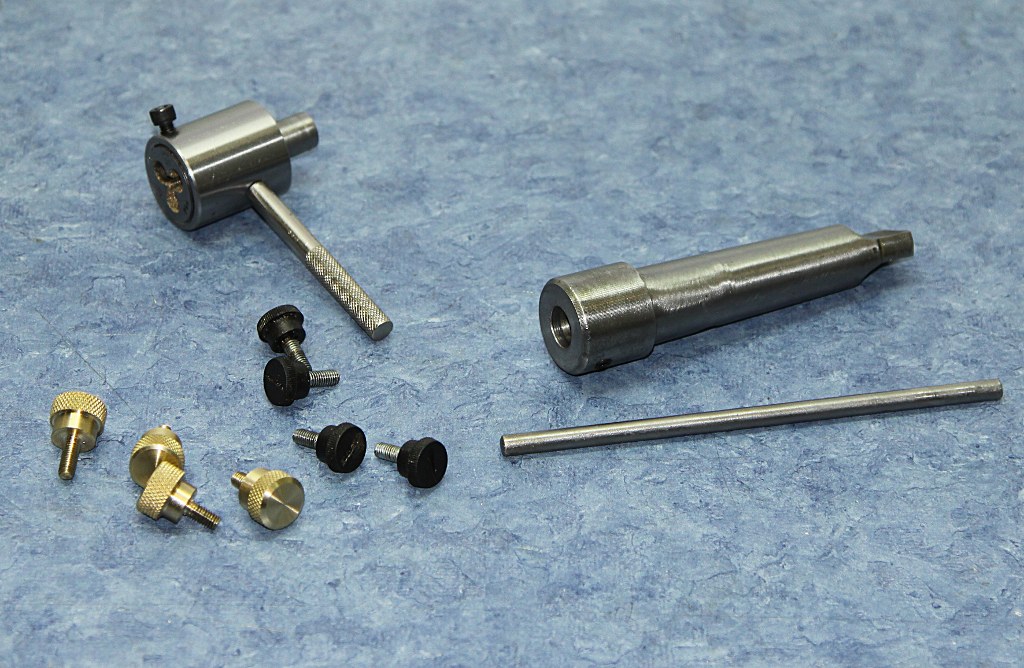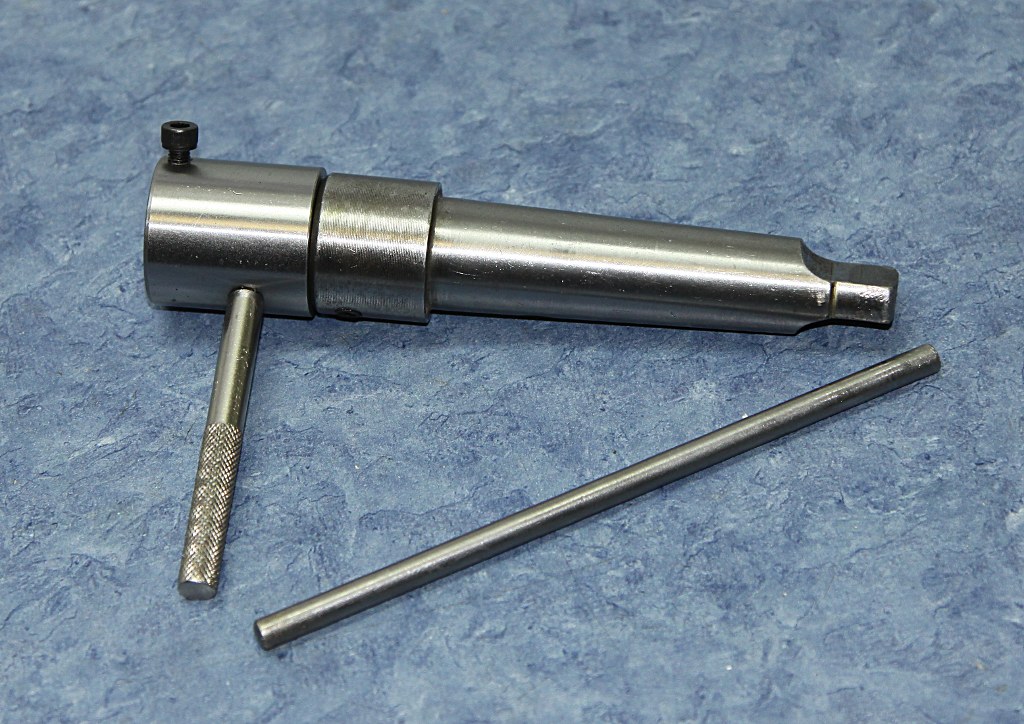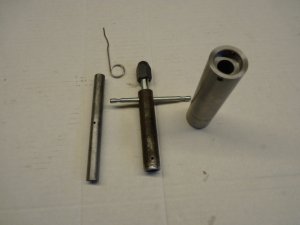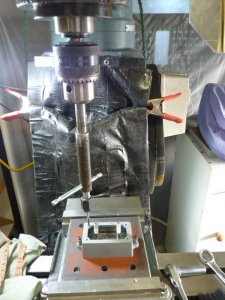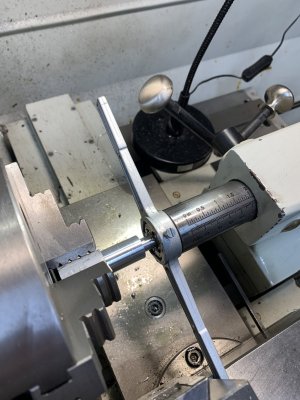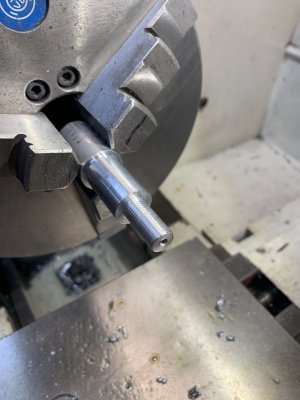I have a unique issue with my BusyBee CT089 lathe. I'm not much of a machinist and normally only use the machine to make bushings, pins and do a lot of facing. But recently I've been doing a lot of manual threading of rods in a vise with a manual die holder. I've never even used the change gears on my lathe because I can't access them due to lack of space in my shop. I don't have room to open the door to the change gears as the machine butts right up to my electronics bench. There are no options for rearranging my shop; I exercised all those years ago.
Anyways, as I get older my hands are less steady and I think my sense of balance and level aren't what they used to be. My threads often come out crooked. I bought a manual hand tapping machine years ago that helps with the taps, but not the dies. I'm wondering if any of you have experience with Tailstock Die Holders and if they are effective. If so, this could be a solution to my problem.
The tailstock taper on the CT089 is a MT3, and I see there is a model available on Amazon: https://www.amazon.ca/dp/B06VSK9NQD/ref=cm_sw_em_r_mt_dp_F9S068G430HJ4NT0R6EX
Do these work well? Are there better quality ones anyone knows of? Thanks in advance.
.
Anyways, as I get older my hands are less steady and I think my sense of balance and level aren't what they used to be. My threads often come out crooked. I bought a manual hand tapping machine years ago that helps with the taps, but not the dies. I'm wondering if any of you have experience with Tailstock Die Holders and if they are effective. If so, this could be a solution to my problem.
The tailstock taper on the CT089 is a MT3, and I see there is a model available on Amazon: https://www.amazon.ca/dp/B06VSK9NQD/ref=cm_sw_em_r_mt_dp_F9S068G430HJ4NT0R6EX
Do these work well? Are there better quality ones anyone knows of? Thanks in advance.
.
Last edited:

